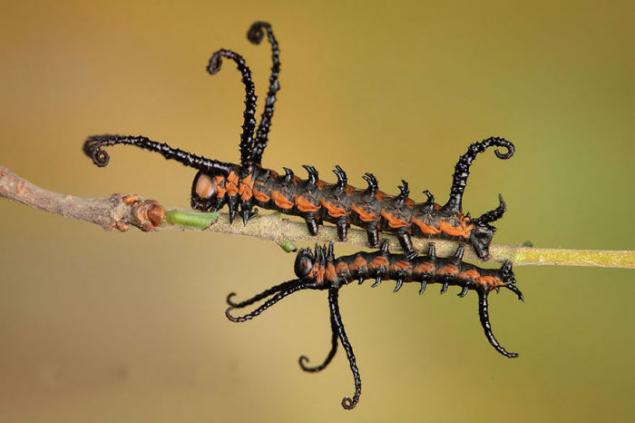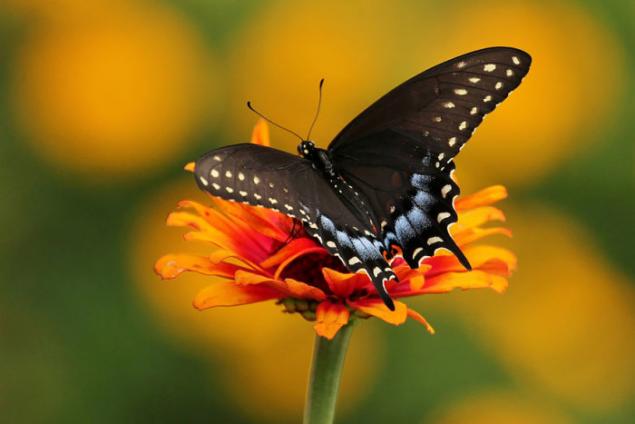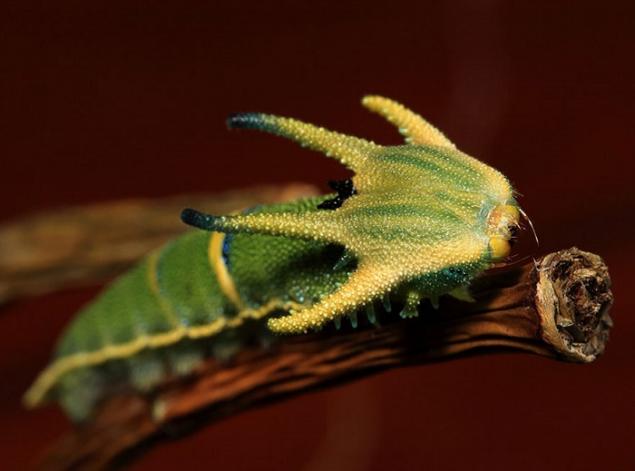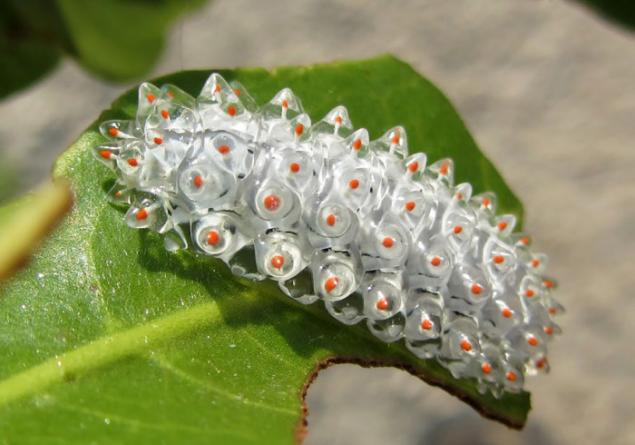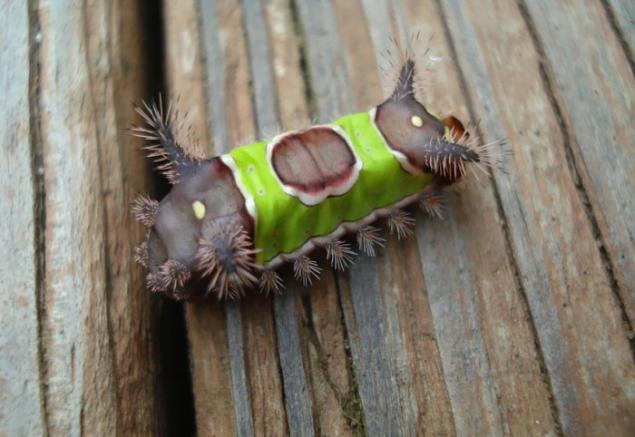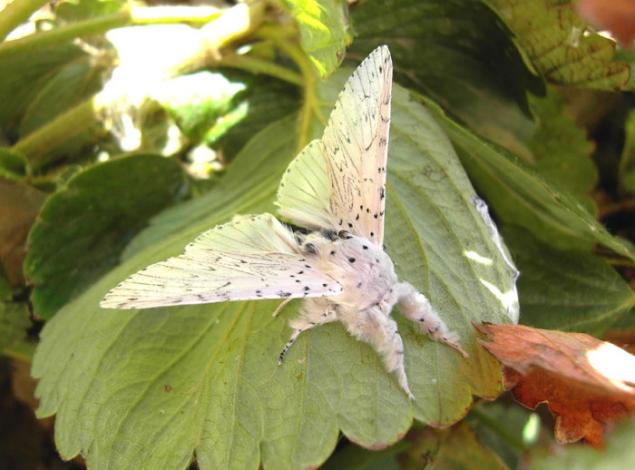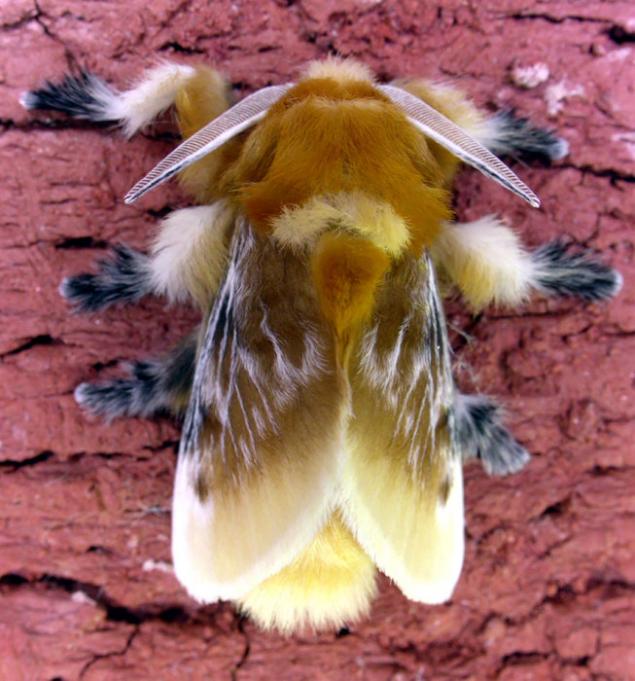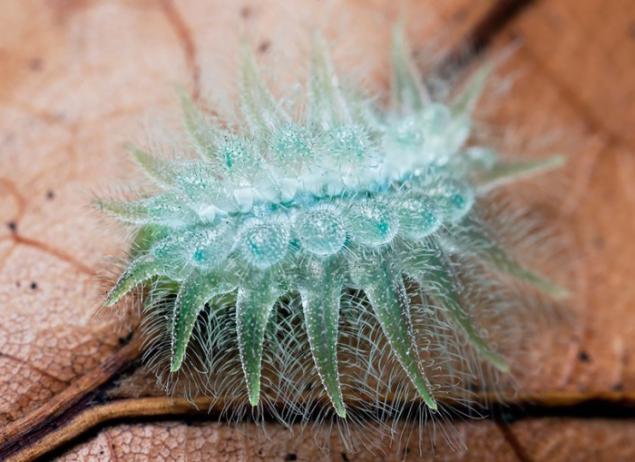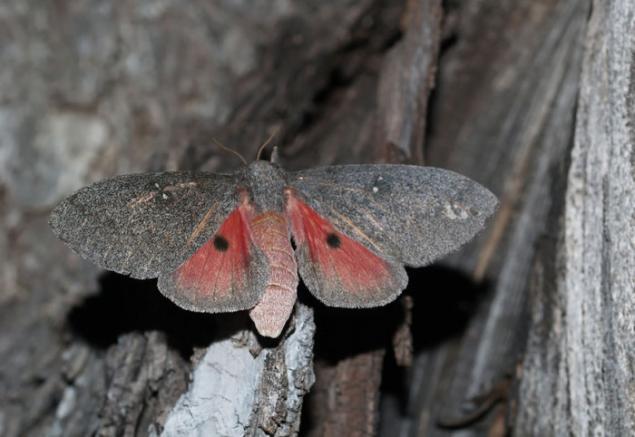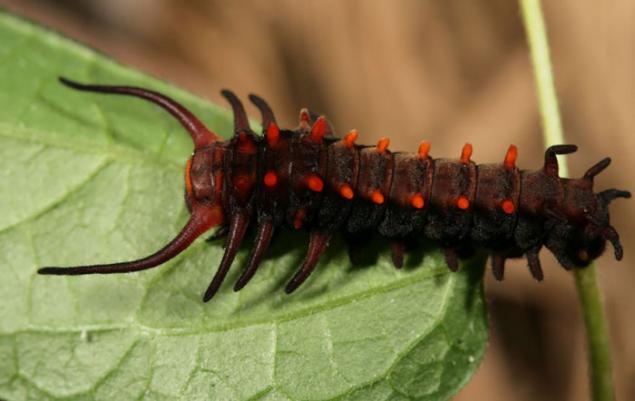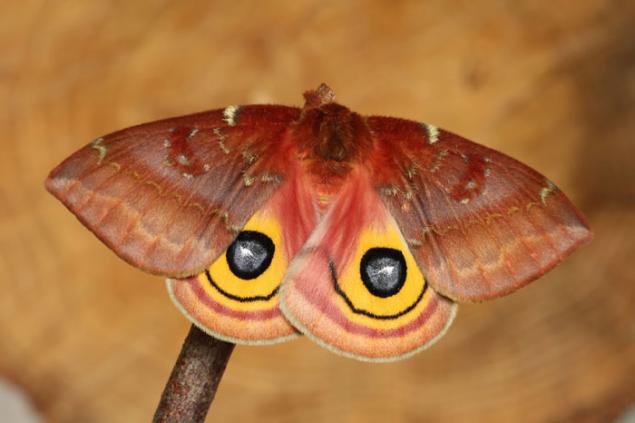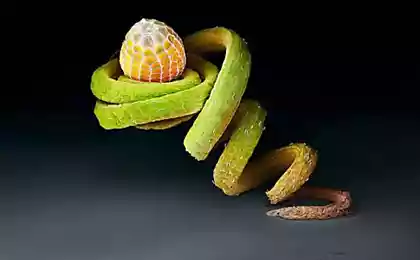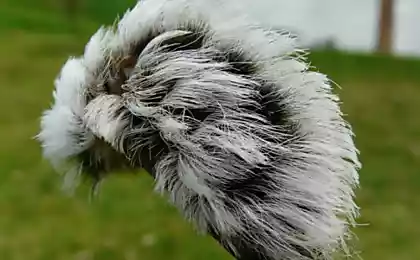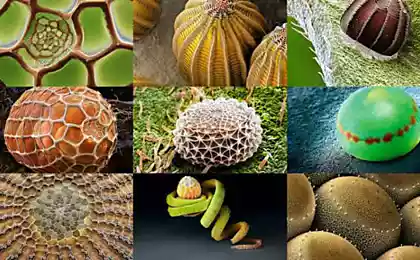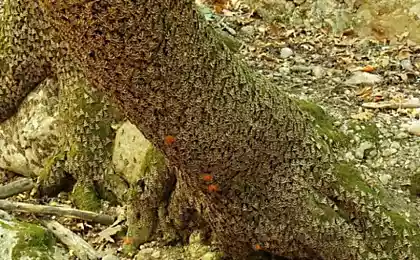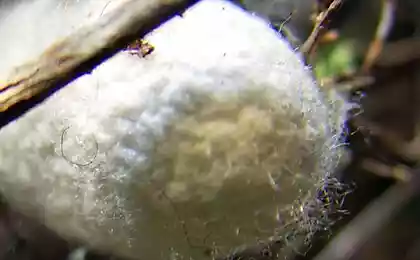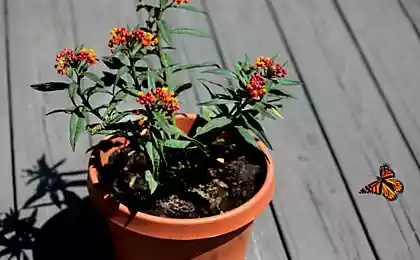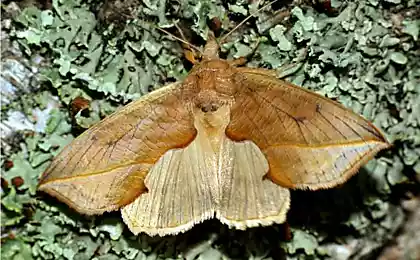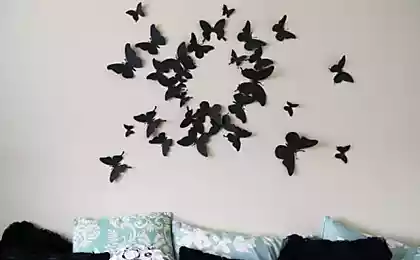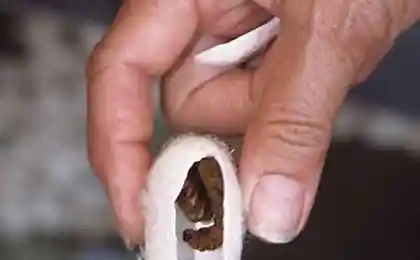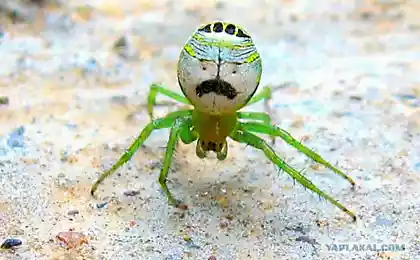2279
20 magical transformation: the most unusual butterflies and their caterpillars
Transformation of caterpillar to butterfly - a truly magical process that resembles rebirth. It's hard to believe that these are two different creatures might have something common: most of any color, any shape of the body caterpillars and butterflies are not similar. < Website offers you a selection of pictures of butterflies, and those whom they were " past life ».
Brama (Brahmin Moth) h2> Bram common in the northern part of India, Burma, China and Japan.
pavlinoglazki cecropia (Hyalophora cecropia) h2> The larva is covered with nodules and tubercles.
Swallowtail (Spicebush Swallowtail) h2> During development, the caterpillar goes through several color stages - first, it is brown with white spots, then she has a diamond-green color, and eventually it becomes orange-red.
Black Swallowtail (Black Swallowtail) h2> black butterfly caterpillar Swallowtail.
tailed emperor butterfly (Polyura Sempronius) h2> The horny shell color caterpillars longer be approached prehistoric dinosaur than this little creature.
Daltserida (Acraga coa) h2> The extraordinary fluffy caterpillar butterfly.
Mole (Acharia Stimulea) h2> Caterpillars are the color green, white and brown, and painted so that it seems to them and put a saddle blanket or bedspread. Caterpillars have a pair of fleshy horns that crown the hairs off irritating poison.
Caterpillar "moth-witch» (Phobetron pithecium) h2> Caterpillar "moth-witch", also known as "monkey-slug" is often lives in orchards.
Greta Oto, or butterfly Glass (Glass Winged Butterfly) h2> This species is found from Mexico to Argentina, in the rain forests.
Harpy large or spotted Sabine (Cerura vinula) h2> caterpillar on his back with a big purple stain in the shape of a rhombus, which is at the edges fringed white stripe. At the end of a large caterpillar body forked outgrowth.
Flannel moth (Flannel Moth) h2> The caterpillars are extremely poisonous.
Blue Morpho (Blue Morpho) h2> caterpillar to becoming a butterfly.
Sliznevidka (Isochaetes beutenmuelleri) h2> Dozens of gleaming like needles covered with frost, decorate the body of the caterpillar, giving it an elegant, almost dreamlike look.
Silkworm (Hubbard's Small Silkmoth) h2> The caterpillar eats only mulberry leaves or mulberry.
butterfly sliznevidka (Isa Textula) h2> Tracks left on the surface of the leaves of the trees characteristic zigzag marks, and are protected from predators stinging hairs on the edge of the body.
Rainbow Blue Swallowtail Butterfly (Pipevine Swallowtail) h2> caterpillar to becoming a butterfly.
Spotted apatelodes (Spotted Apatelodes) h2> The most charming furry caterpillar.
Saturnia Io (Automeris io) h2> The caterpillar lives in Canada and the US, and although looks like a charming baby with green pom-pom-studs.
The butterfly of the family pavlinoglazok (Attacus Atlas) h2> caterpillar to becoming a butterfly.
